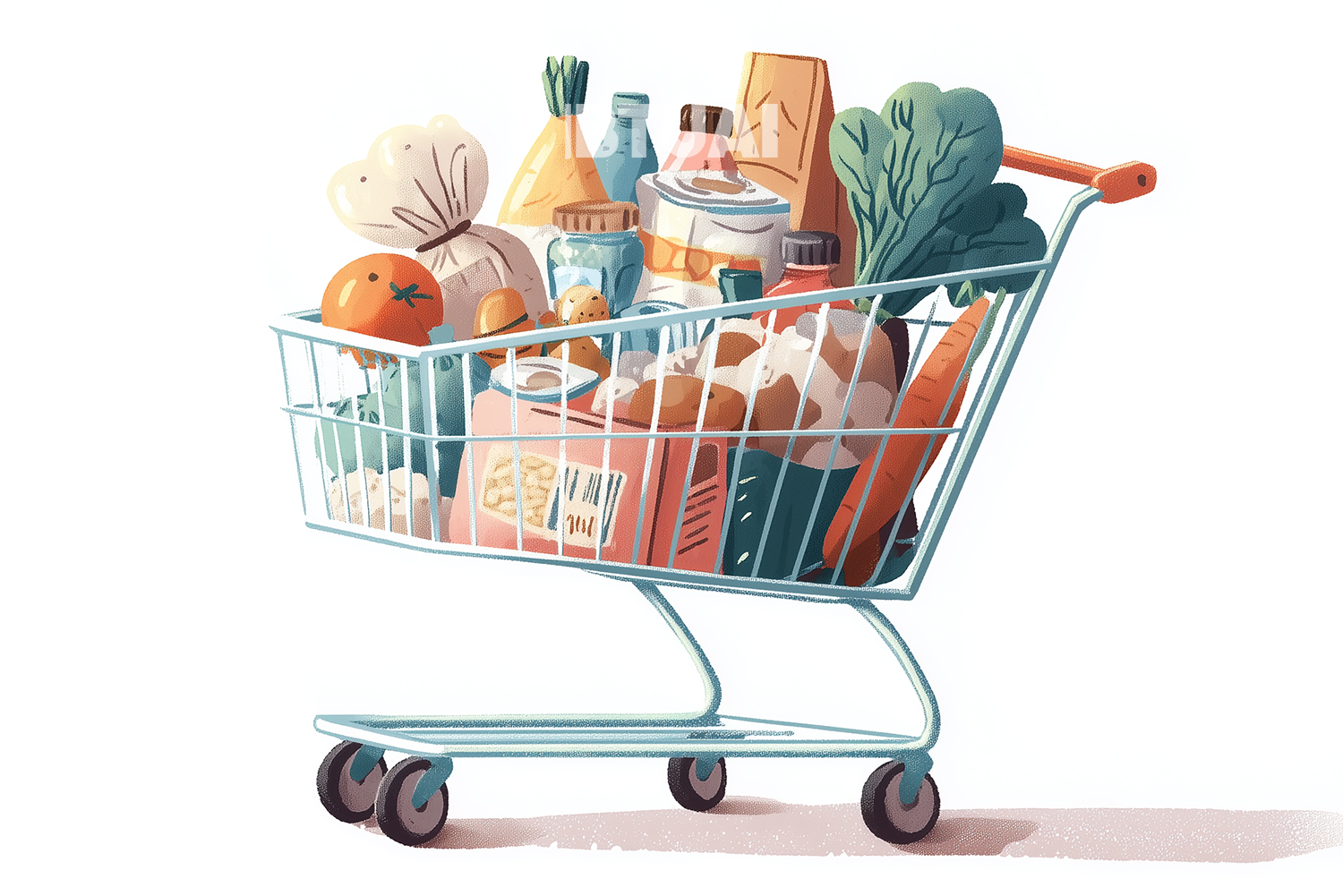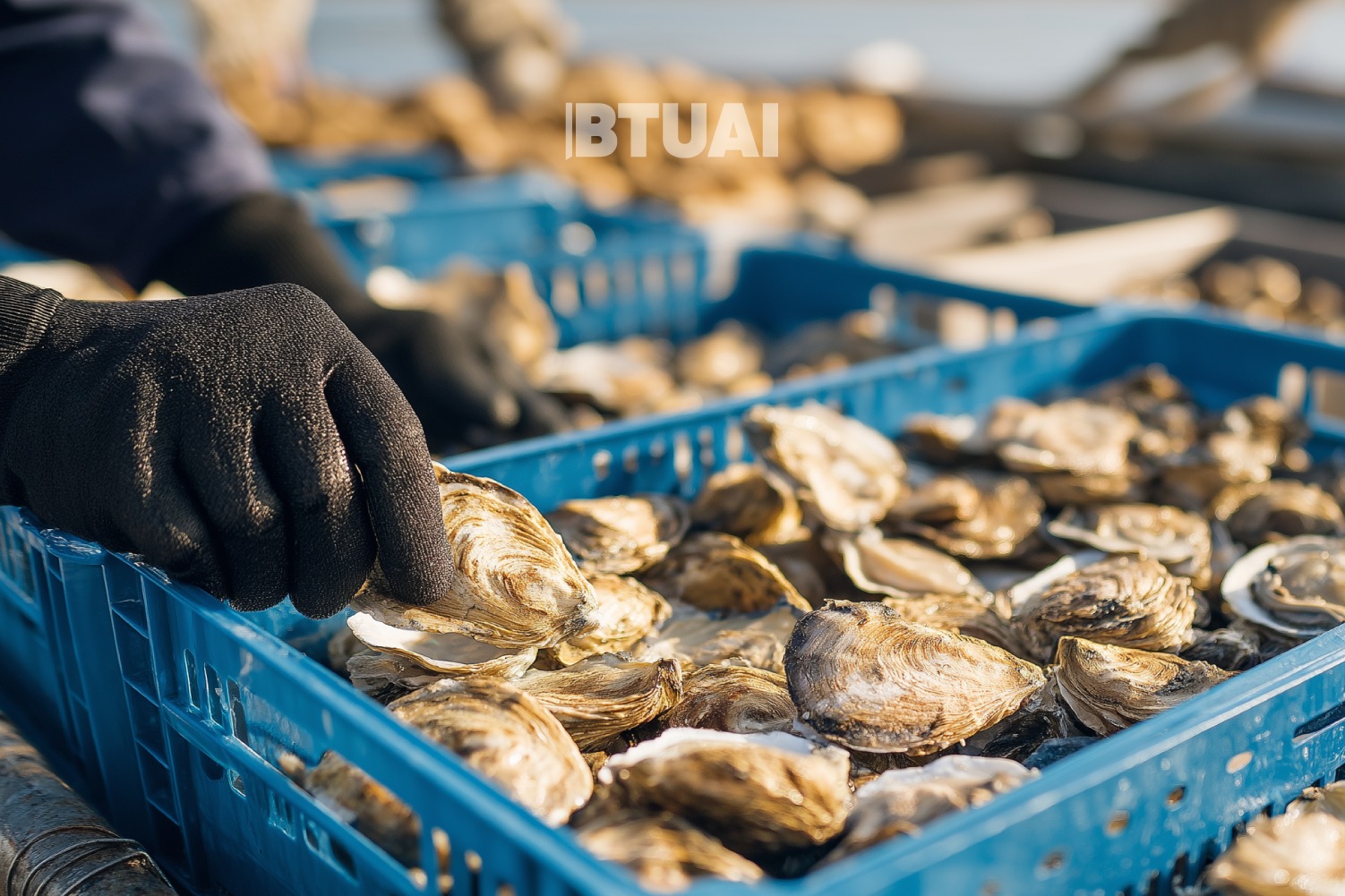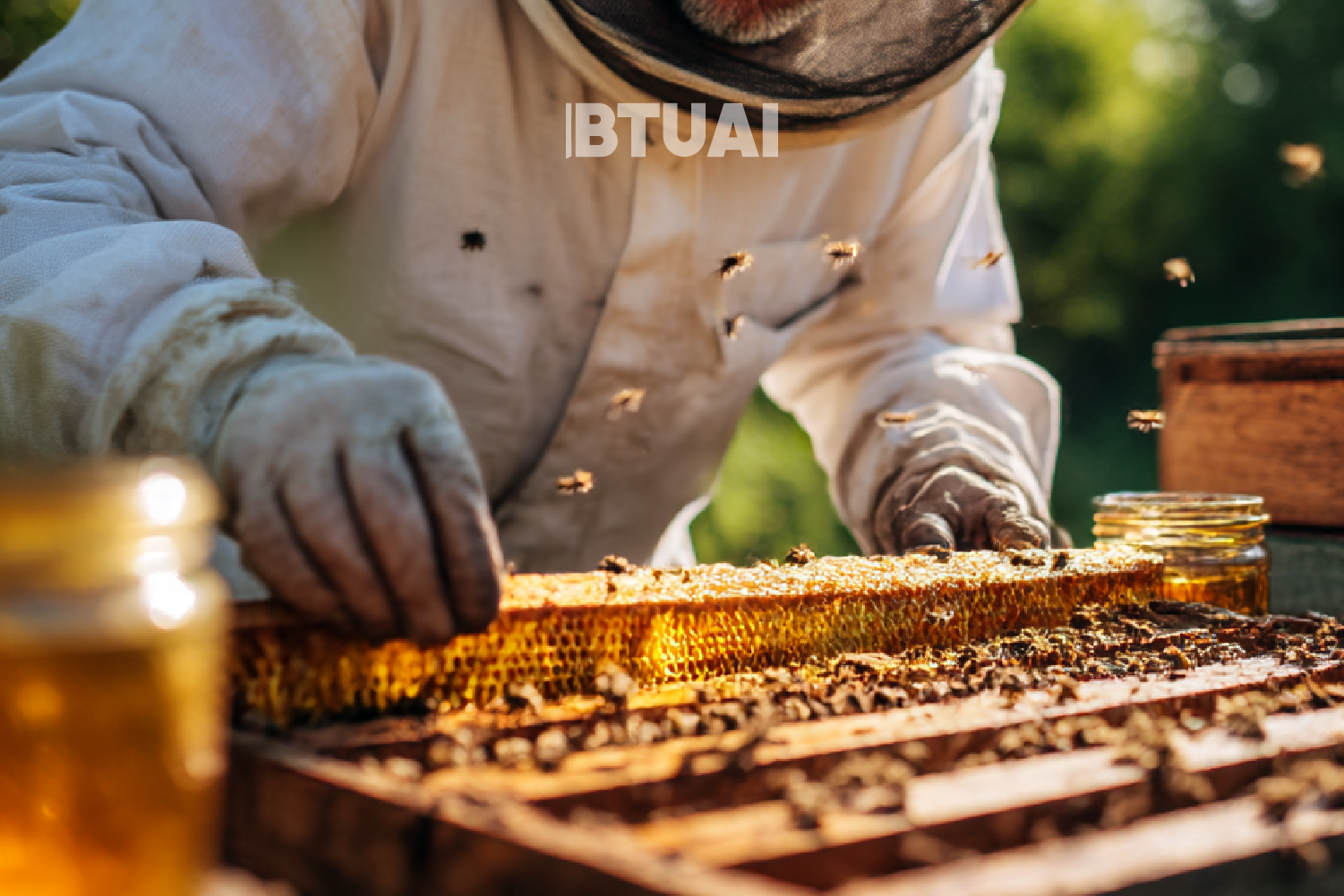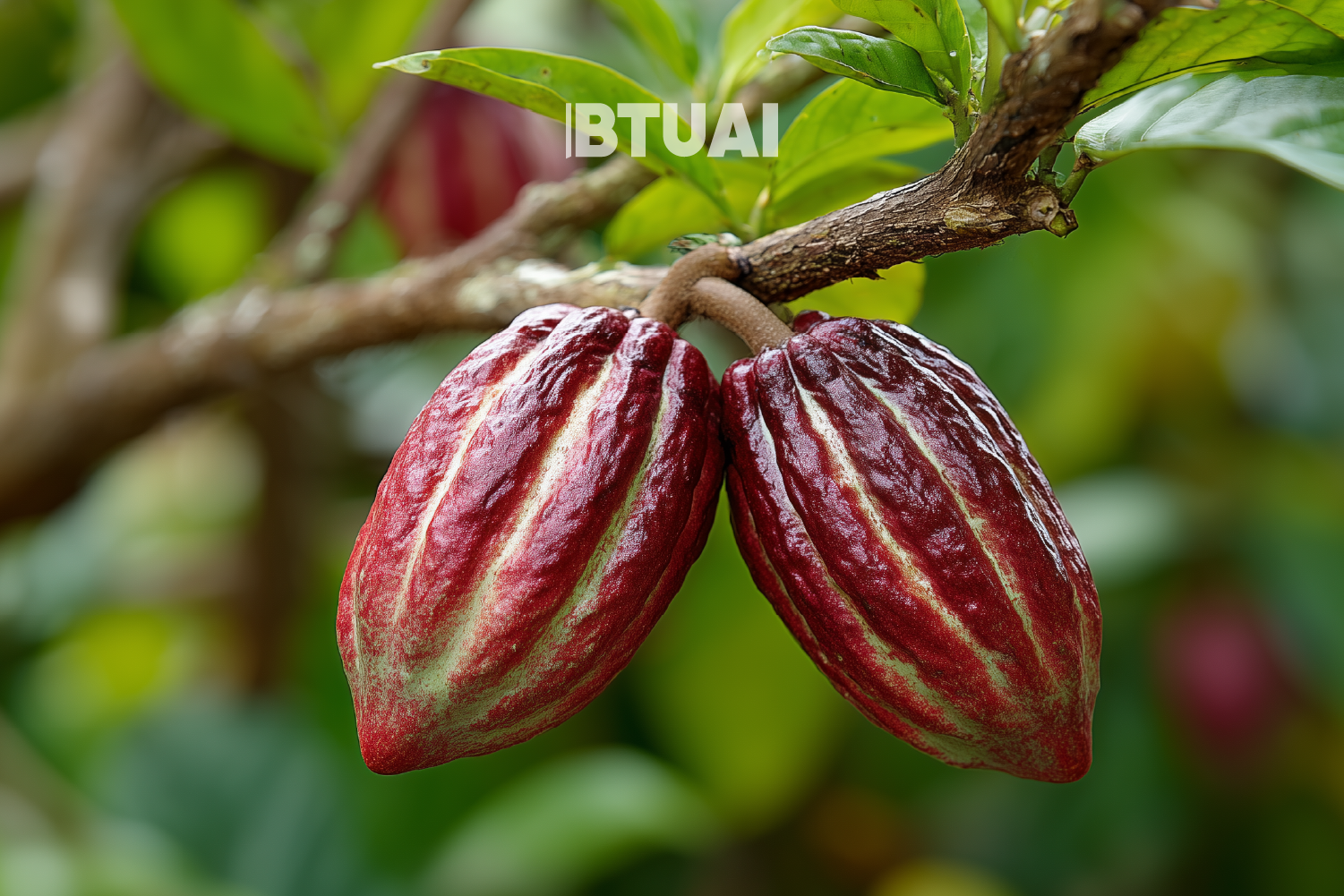Food Producer Prices Rise by 3.7% — What Does It Mean for Georgian Consumers?
In June 2025, the Producer Price Index (PPI) for food products in Georgia rose by 3.7% compared to the

In June 2025, the Producer Price Index (PPI) for food products in Georgia rose by 3.7% compared to the same month last year (source: Geostat). This increase significantly contributed to the overall annual rise in industrial PPI, which stood at 3.0%. The food segment alone accounted for 1.19 percentage points of that growth. Although the monthly increase from May to June was relatively modest at 0.7%, the year-on-year trend points to steady cost pressure that could eventually reach the consumer level.
To assess whether these rising producer prices will spill over into retail prices, we can compare them with the Consumer Price Index (CPI). According to Geostat, CPI for food and non-alcoholic beverages increased by 2.8% in June 2025 year-on-year. This suggests that while some pass-through is already occurring, producer prices are rising faster than consumer prices, raising the question: are producers absorbing the cost, or is a delayed retail impact still to come?
The answer depends largely on the structure of specific markets. For essential goods like dairy, bread, or meat — which are often locally produced and less easily substituted — cost increases at the production level tend to translate more directly into final prices. If energy, logistics, or raw materials become more expensive, producers with tight margins have little choice but to raise prices. In contrast, in highly competitive categories like beverages or packaged goods, retailers may delay or minimize price hikes to stay attractive to consumers.
Geostat data shows that while beverage producer prices rose by 2.5% annually, retail prices in this segment have remained relatively flat. On the other hand, energy-related producer costs — up by 8.3% year-on-year — are more likely to affect a broader range of food prices indirectly, as higher electricity and transport costs ripple through the production chain.
Producer price increases in food have been easing slightly: in April 2025, annual growth was 6.4%, indicating a slowdown. However, the current pace still exerts pressure on value chains and pricing dynamics.
Ultimately, consumers in Georgia should keep a close eye not only on CPI but also on upstream price indicators like PPI. When producer prices outpace consumer prices, it often signals one of two things: either temporary cost absorption by businesses, or future inflation yet to be felt at checkout. At this stage, both scenarios remain in play — suggesting that price stability may still be uncertain in the months ahead.




